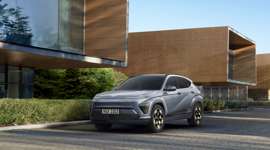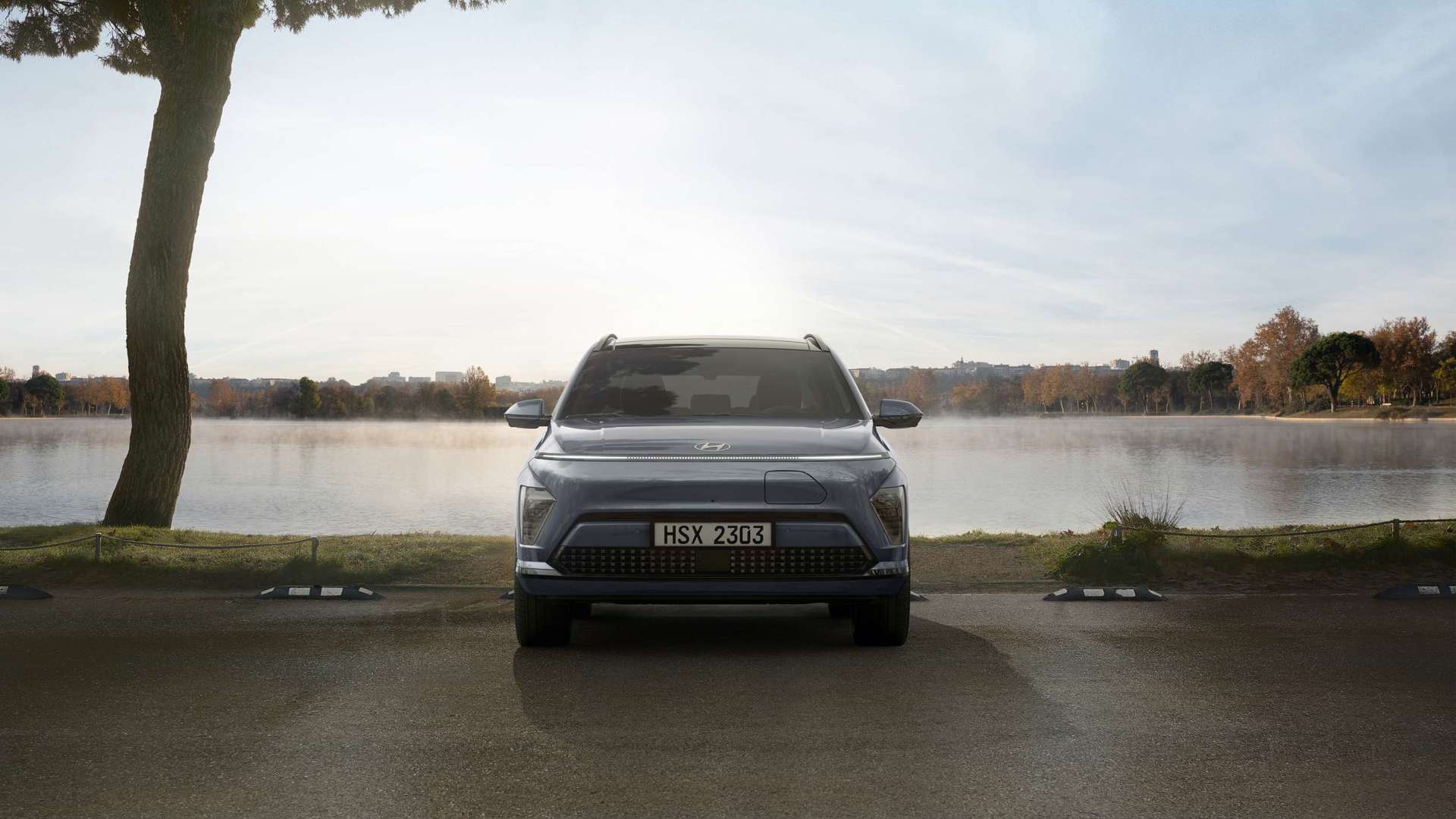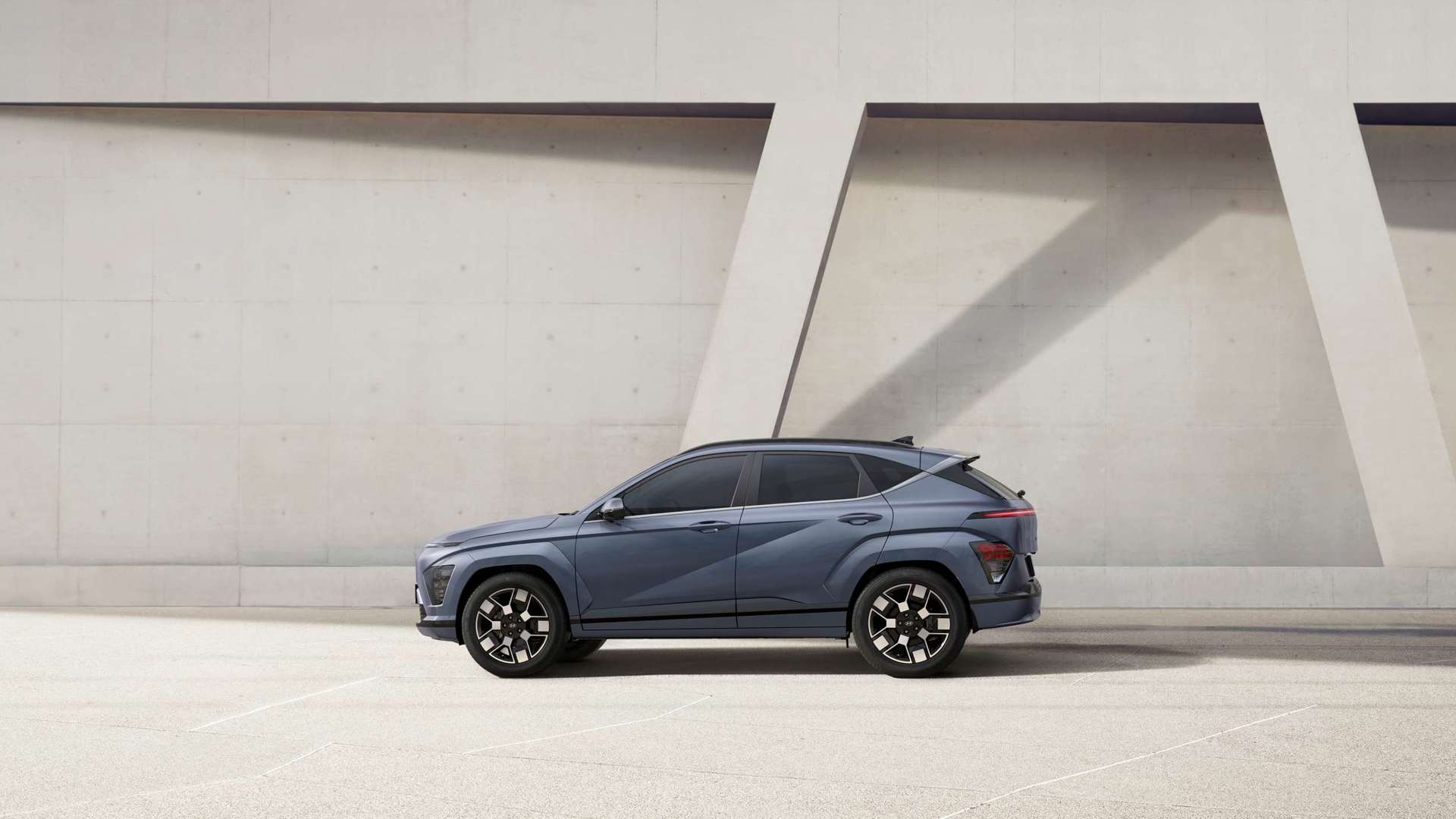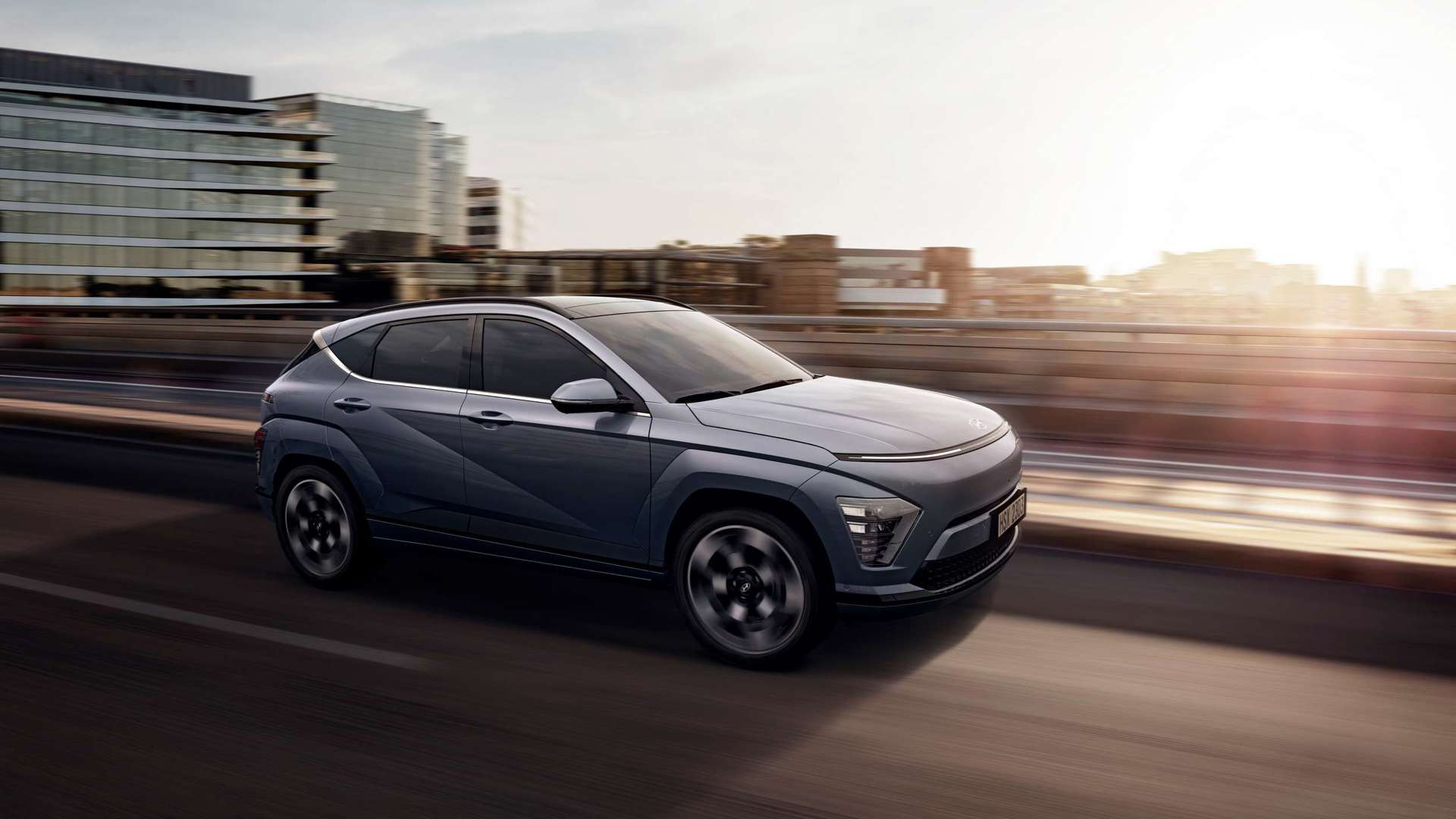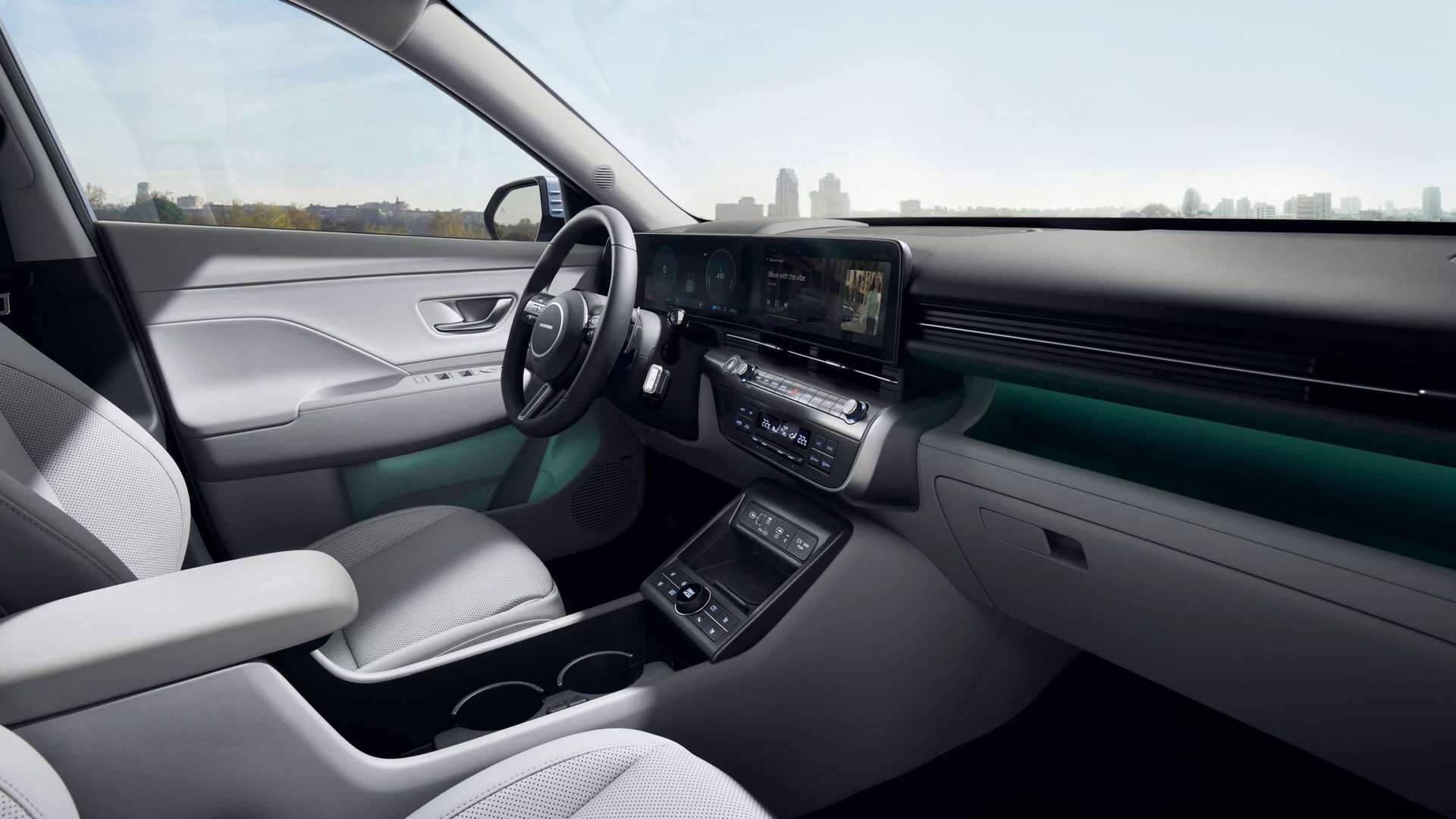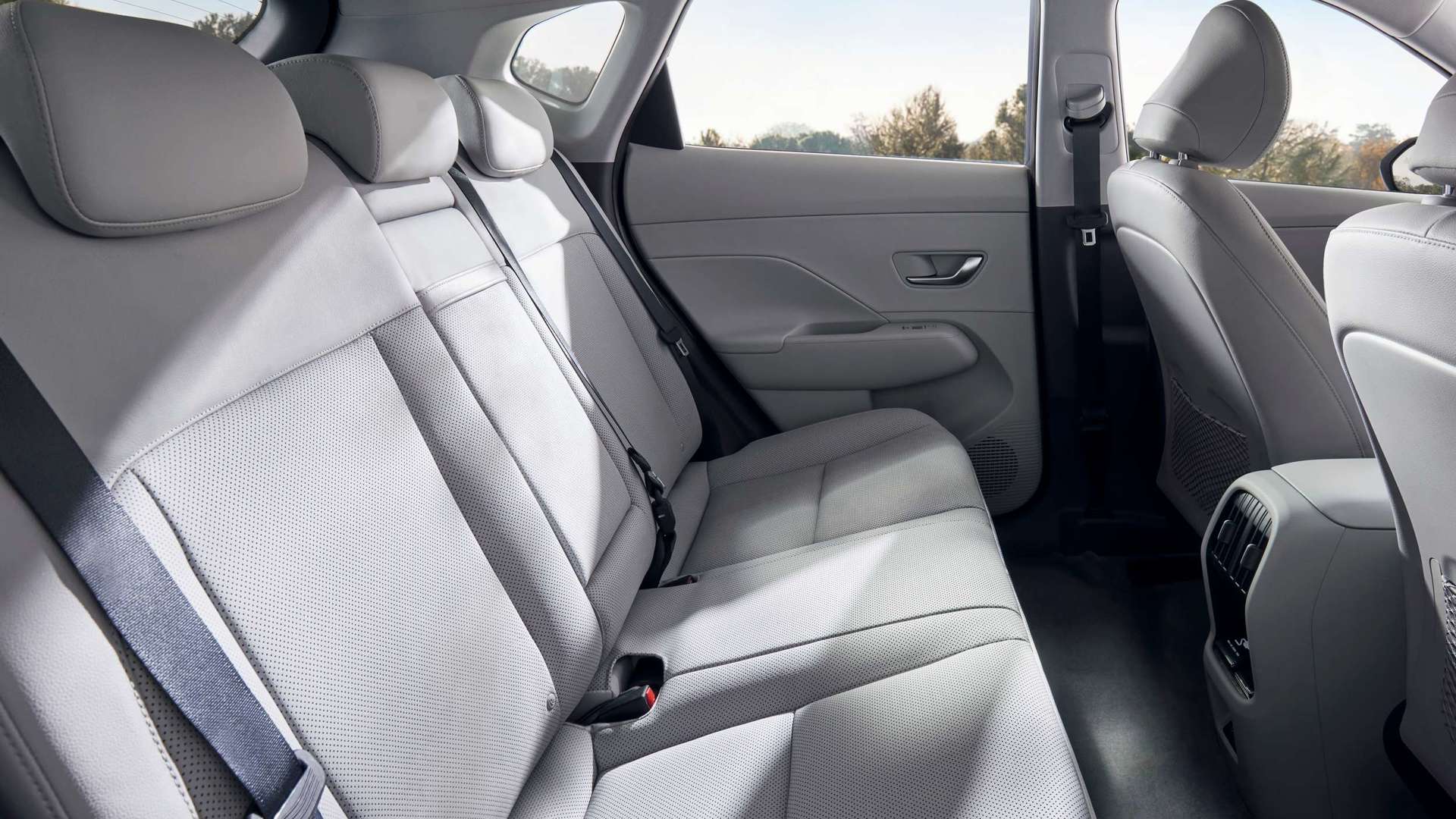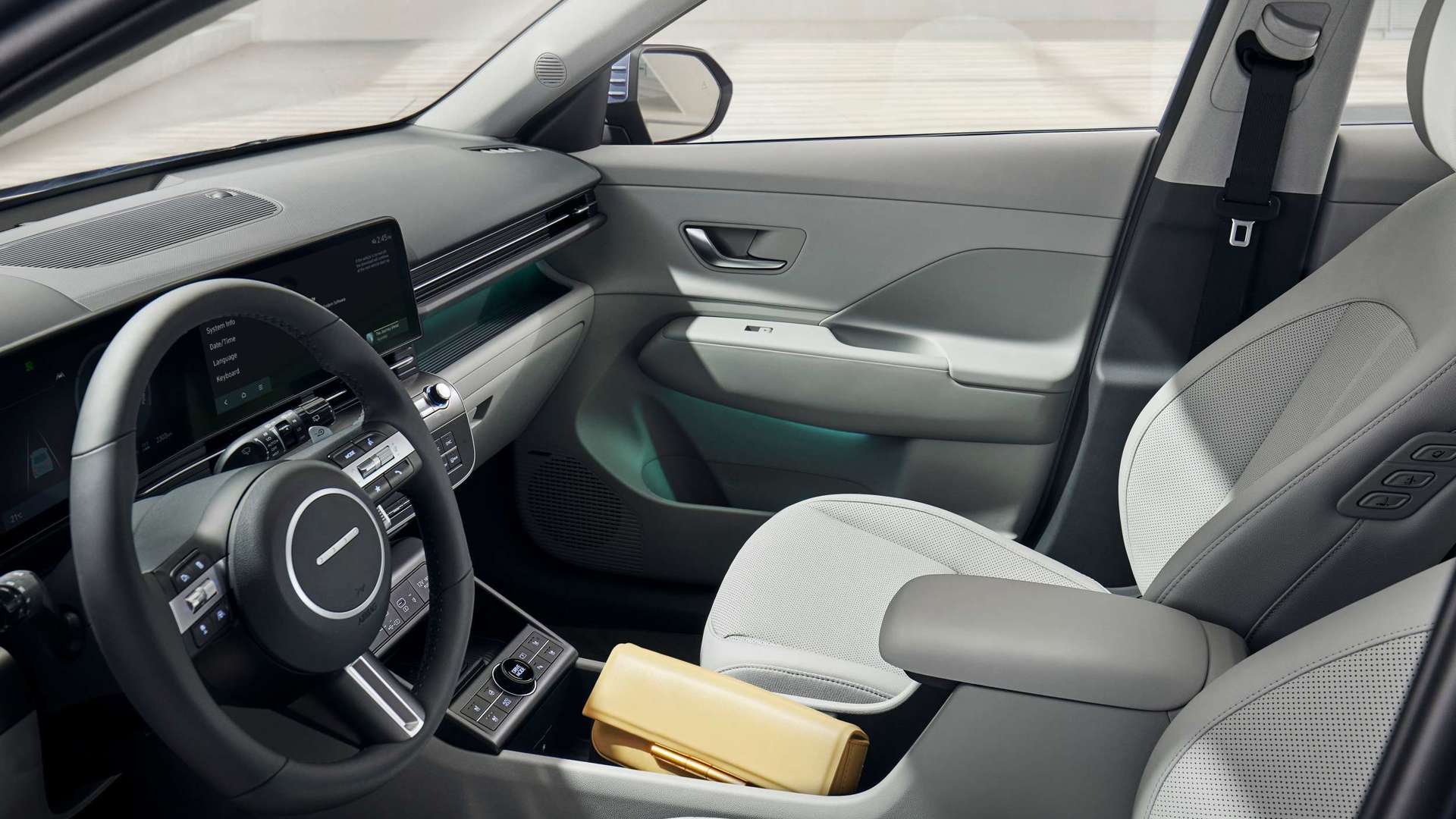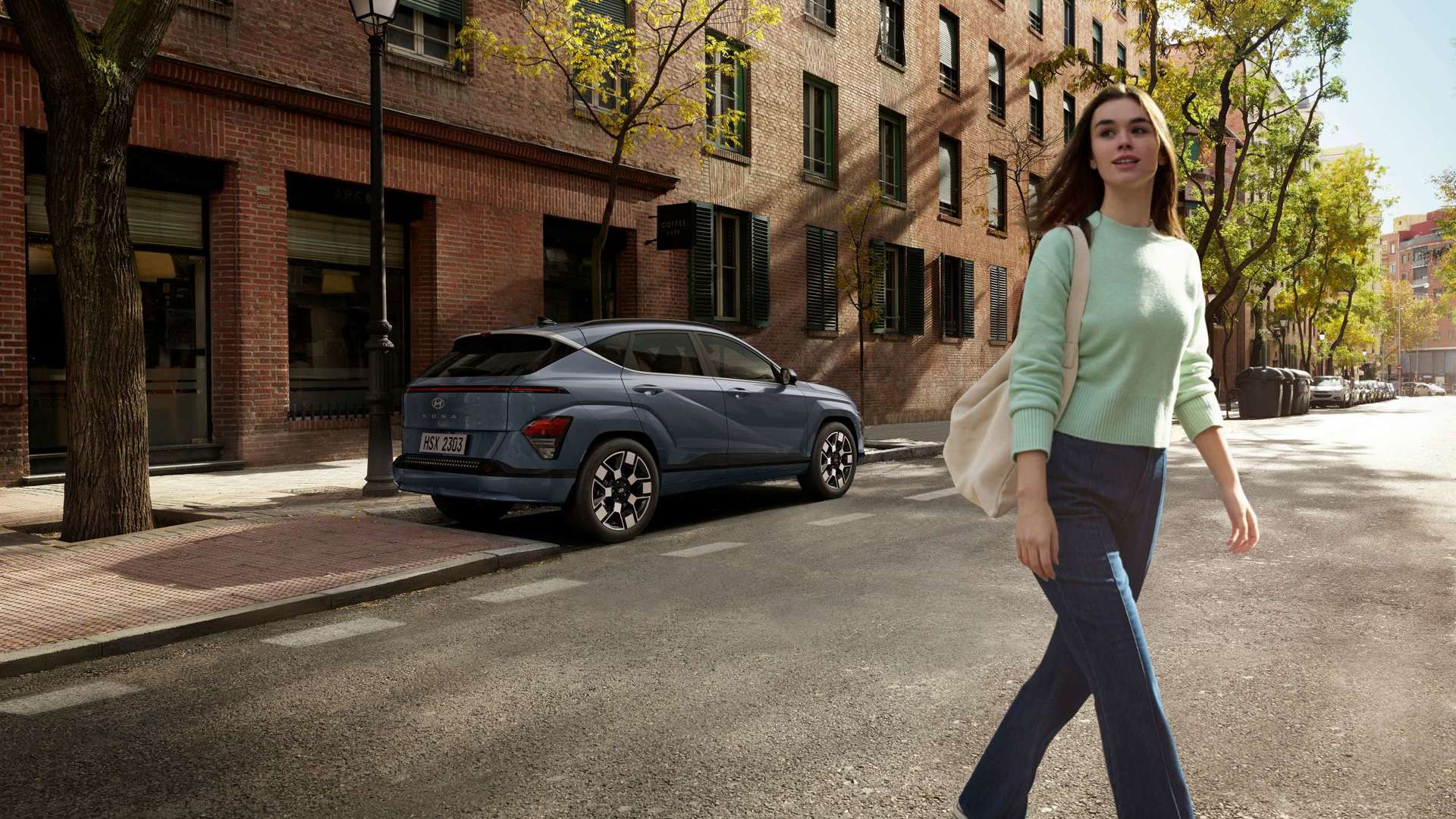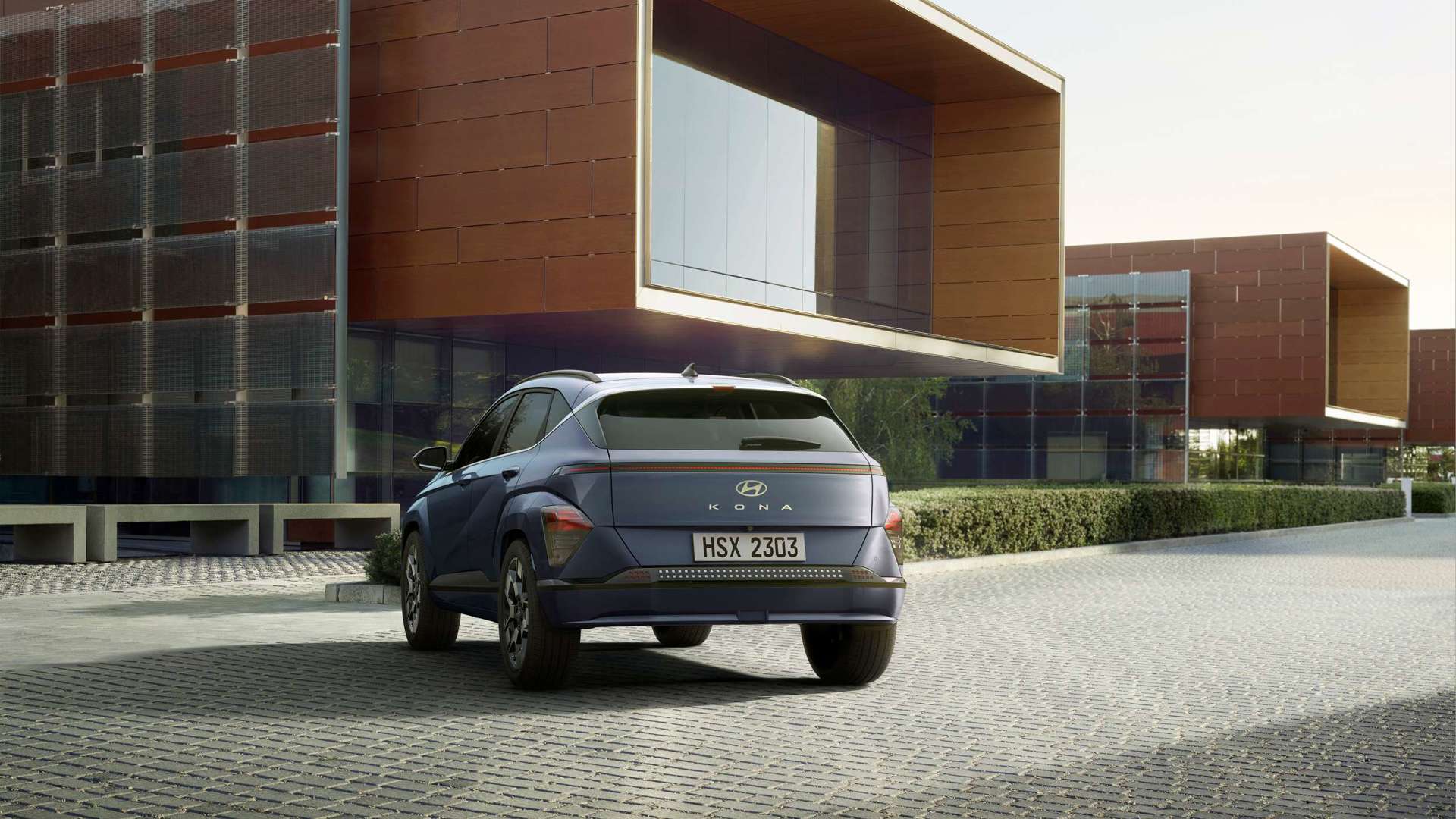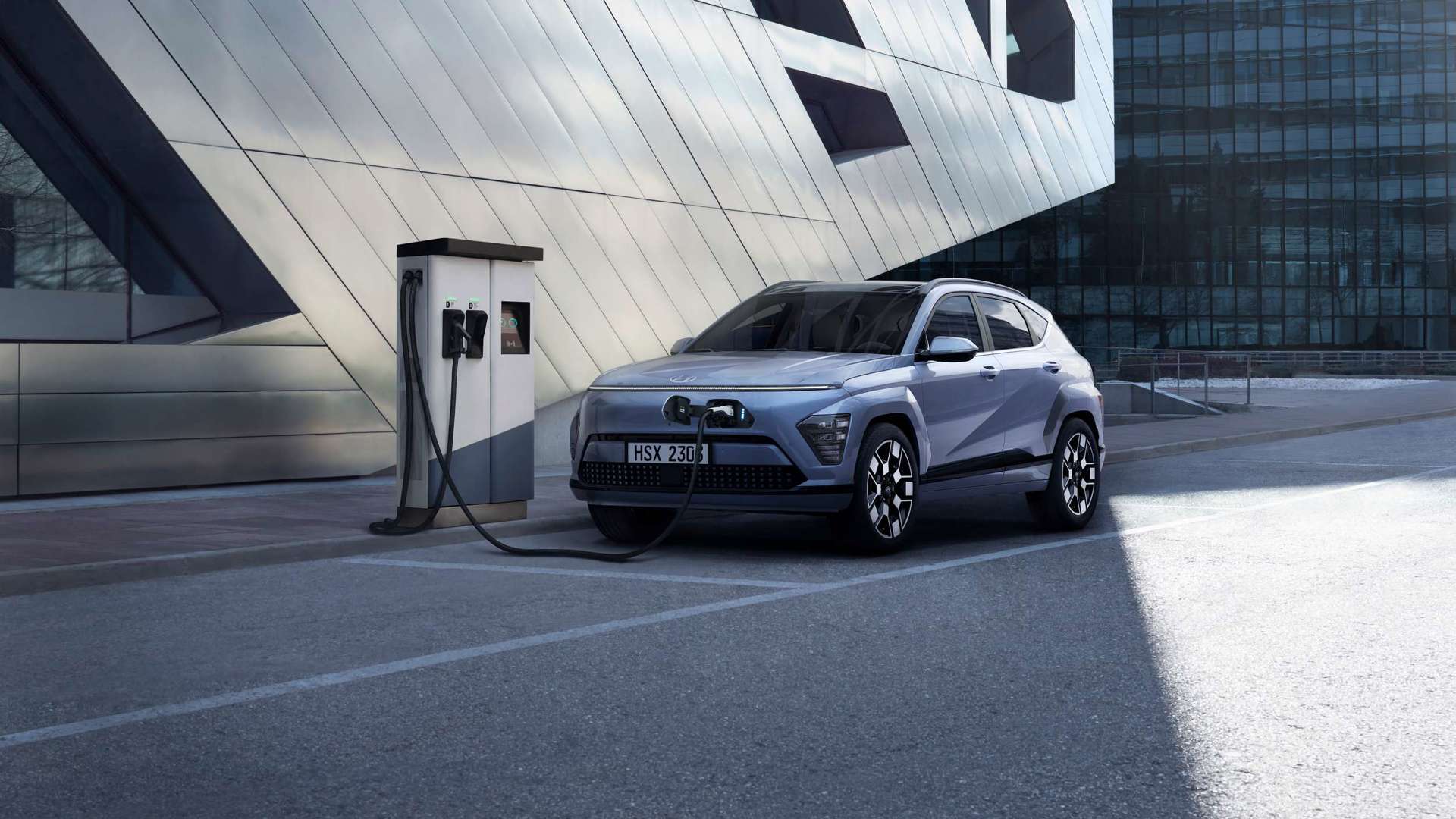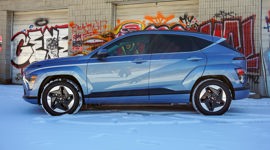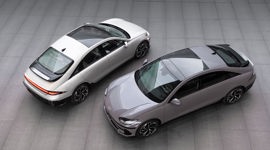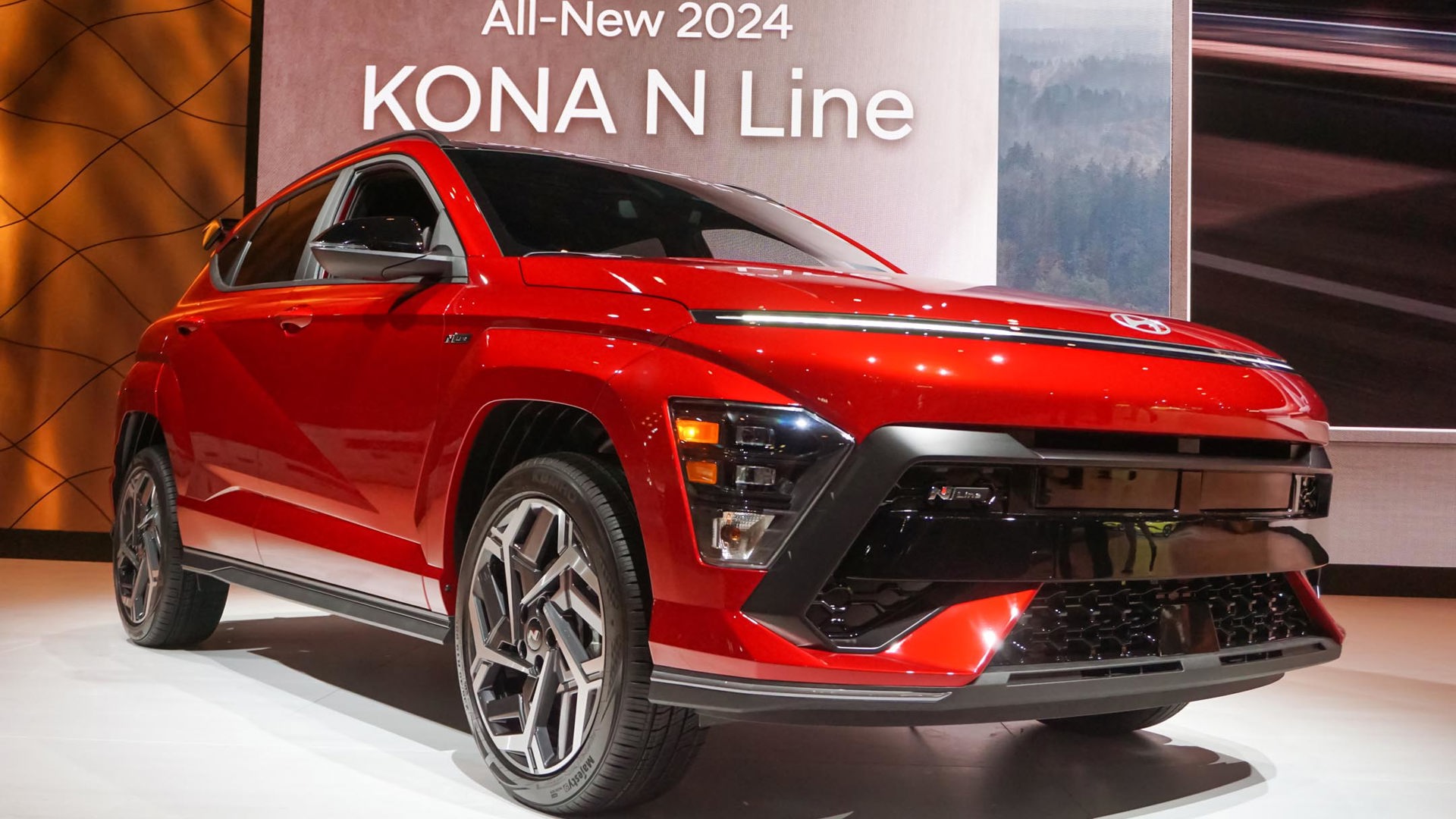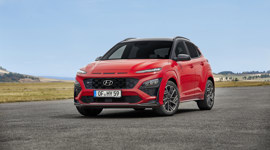Hyundai just revealed the latest version of its little crossover by showing us the new Kona EV. This time around, the Kona was developed as an electric vehicle (EV) first, and not converted from a gas-powered model after.
Hyundai's next Kona will be 175 mm longer than the previous generation, riding on a wheelbase 60 mm longer and will be 25 mm wider. Those new dimensions are 4,355, 2,660, and 1,825 mm, respectively.
Making the Kona larger will give it a roomier interior, Hyundai says, addressing one of the main complaints about the current model. The Kona will get a gear selector behind the steering wheel to free up centre console space, though our market won't get Hyundai's relaxation comfort front seats. The Kona will now hold up to 723 L of cargo behind those rear seats, a massive jump over the 544 L of the current Kona EV. A new frunk (front trunk) will hold up to 27 L.
The Kona EV will have pixel lighting front and rear. The ultra-slim lamps share some styling with the brand's Ioniq EVs, but the rest of the Kona's design stays more in line with gas-powered Hyundai models. That means sharp lines and sculpting along the crossover's flanks as well as the tail.
The Kona will remain front-wheel drive but with a more powerful 215-hp electric motor turning those tires. Battery capacity is up slightly to 65.4 kWh, with the European range for a Long Range model estimated at "over 490 km." Despite the all-new bodywork, or perhaps because of it, that's only about six kilometres more electric range. On the tougher Canadian EV testing cycle, the old Kona EV is rated at 415 km, so expect the new one to be right around 420 km.
The new Kona will have a one-pedal drive mode. It will also include vehicle-to-load (V2L) power, letting it supply electricity back to appliances or potentially your home. A smaller-battery model will be offered in Europe and Asia, but it's not clear if the 345-km model will make it to Canadian roads.
That new battery still uses a 400V architecture, unlike the 800V system Hyundai's Ioniq models use. That limits DC fast-charging to around 100 kW, or 10 to 80 per cent in 41 minutes, but it's still about twice as fast as the old Kona EV.
Hyundai is packing the Kona EV with its latest tech, including phone-as-key tech. It will be the first Hyundai to get the brand's new connected car navigation cockpit, which links the vehicle's twin 12.3-inch displays with advanced graphics. The Kona gets over-the-air software updates as well.
Driver assist tech includes Highway Driving Assist 2 with lane change assist, forward collision assist with emergency steering assist, blind spot view monitors, remote smart parking, and driver status monitor. The list of acronyms is a page long, including Navigation-based Smart Cruise Control (NSCC), Parking Collision-Avoidance Assist (PCA), and Intelligent Speed Limit Assist (ISLA).
Production of the new Hyundai Kona EV starts this year. Expect more information around the New York International Auto Show next month.
